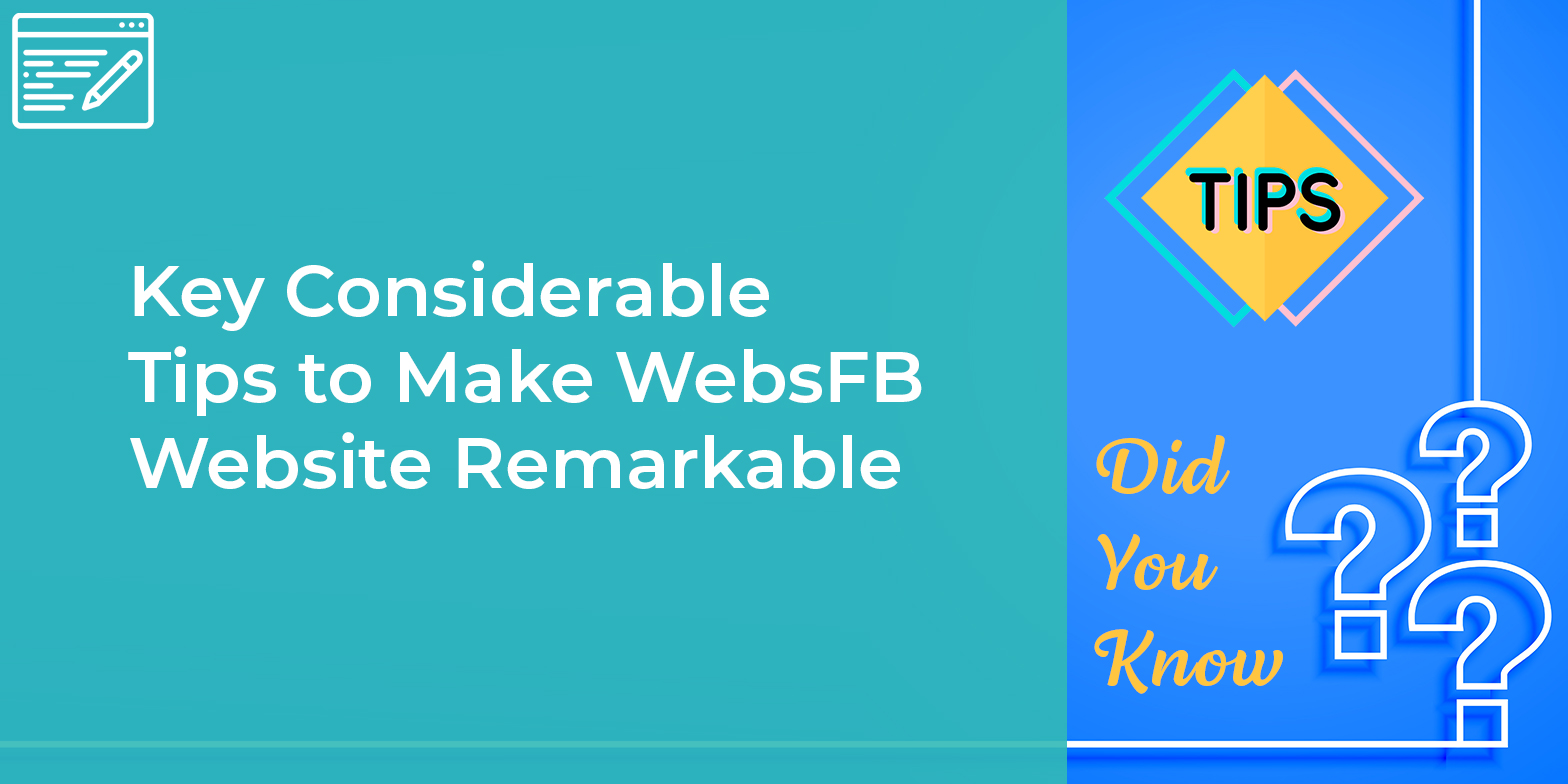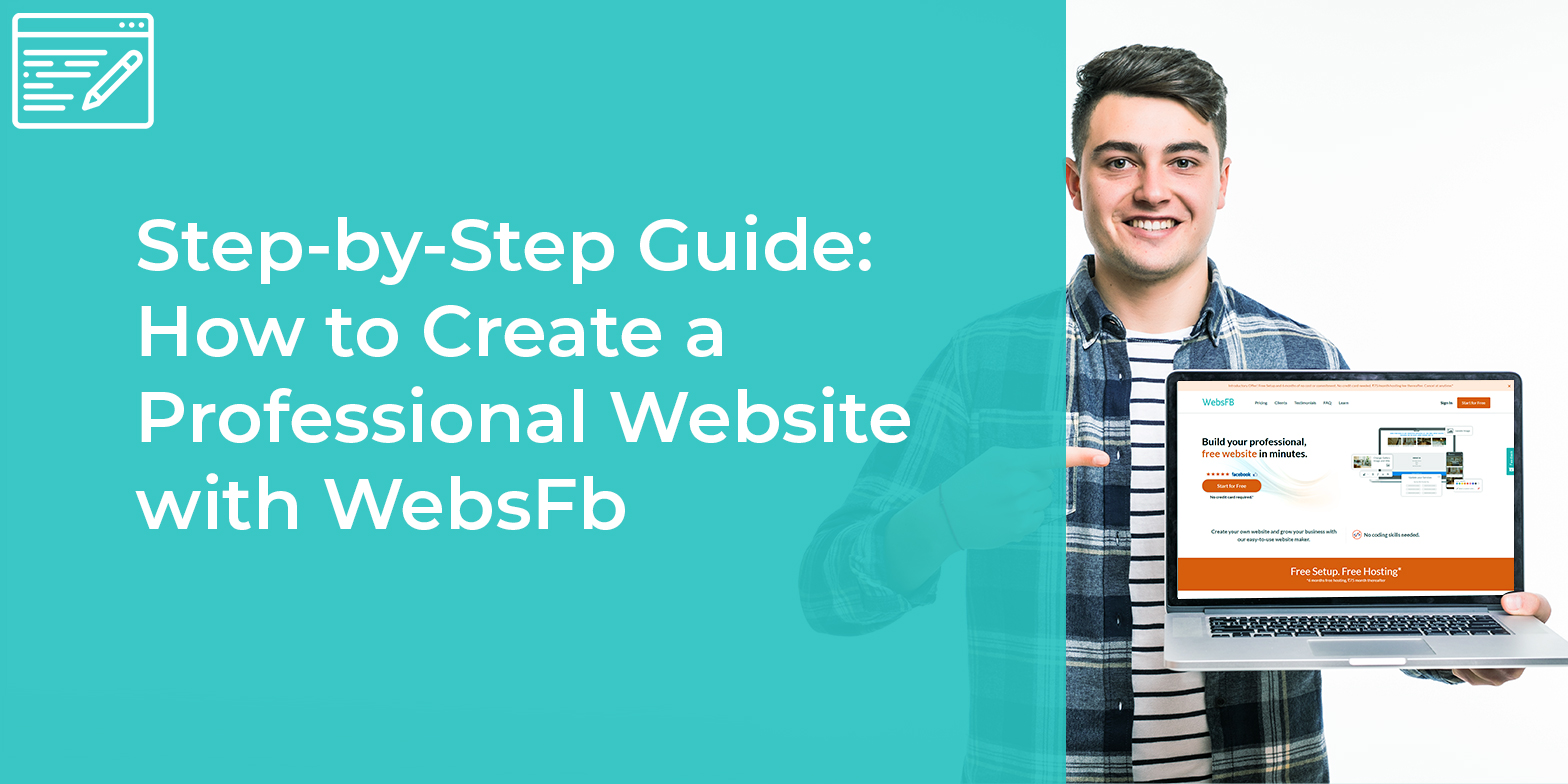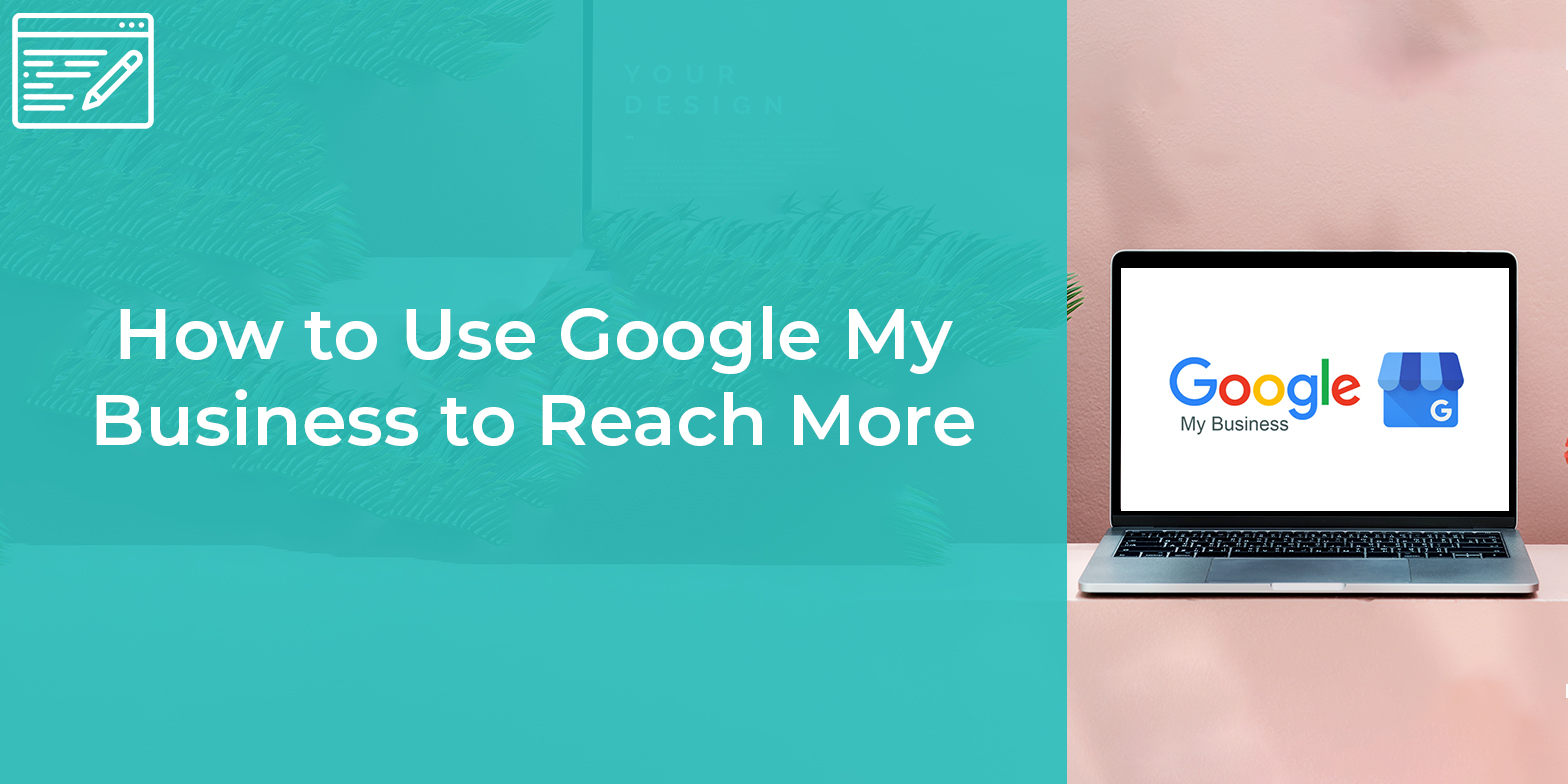How to Advertise Your Business Effectively: Routes and Strategies for Growth
October 31 - 2 year before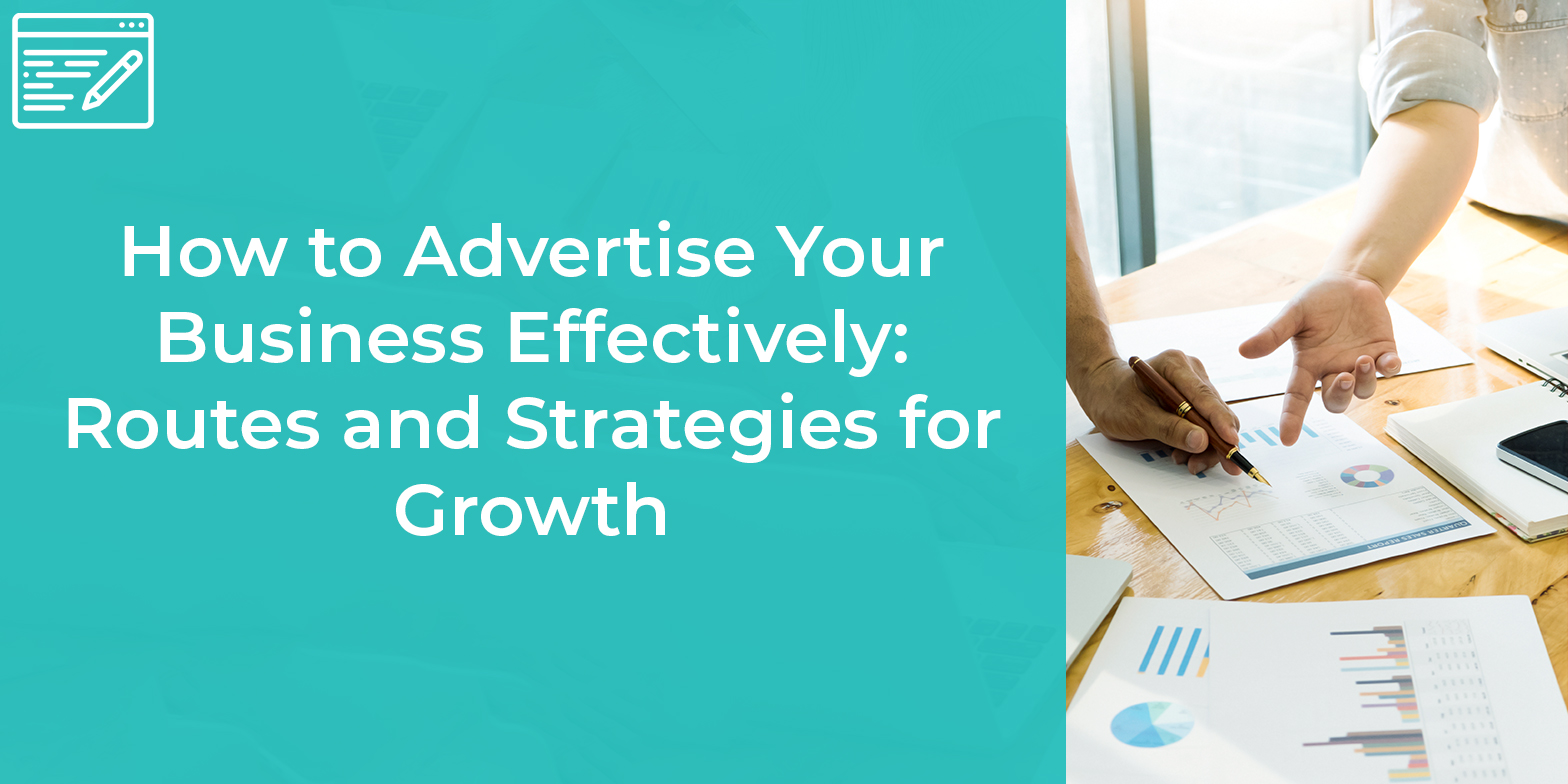
Table of contents
- Roadmap to Strategic Development
- Why Do Advertisements Matter?
- A Roadmap to Advertisement Strategies
- Define Your Goals and Objectives
- Choose the Right Marketing Strategy for Your Business
- Define Your Target Audience
- Evaluate Your Budget
- Stay True To Your Brand
- Explore all the Marketing Options
- Track, Measure, and Improve
- Even The Best-laid Marketing Plans Need Maintenance
- Conclusion
Roadmap to Strategic Development
If you want to succeed in the business world, knowing what you're good at and where your skills overlap with other people's needs is essential. And no one knows this better than marketers who mostly rely on online business ideas: they're the ones who understand how consumers think and what motivates them—and can use this knowledge to create effective campaigns.
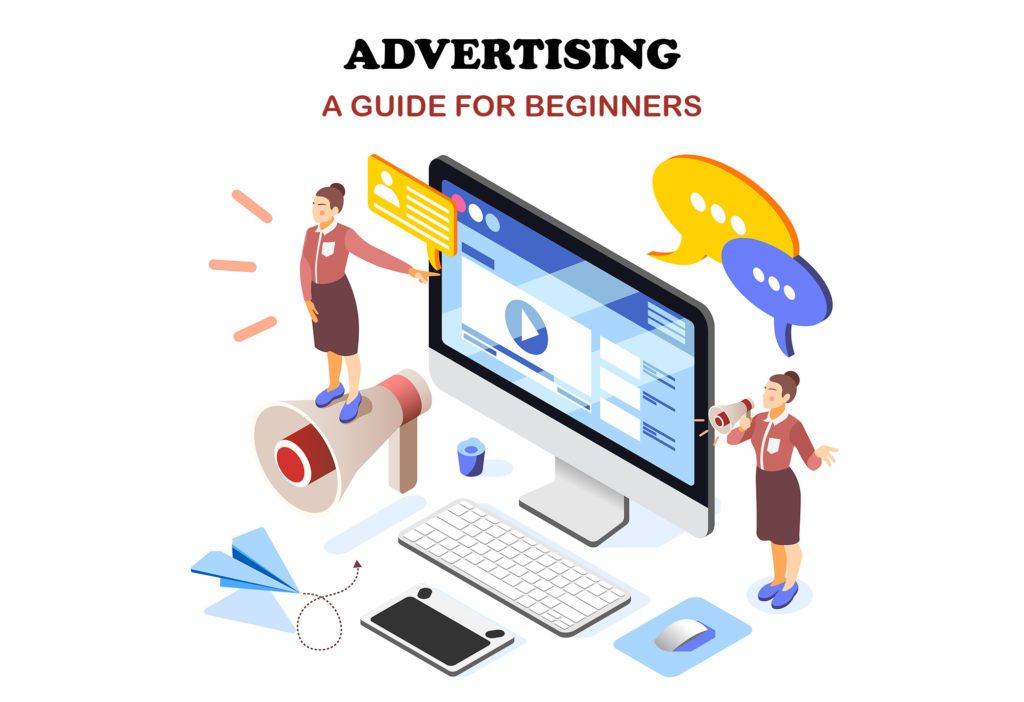
In this blog, we'll take a look at some of the most important aspects of advertising your small businesses, which means how to advertise your business effectively so that you can have a better chance of success when it comes time for marketing activities such as developing flyers or creating ads for social media platforms like Facebook or Instagram, LinkedIn.
Why Do Advertisements Matter?
When you research the market (if you don’t, then do this first.) Then you find out there are a lot of channels where your audience/clients hang out to find the solution that your product/service can solve.
And if you never show your business appearance in their timelines or search bars, they go to your competitors, which is not good for your business. So, it is a crucial step to enhance your online business idea so that you can get to know how you can advertise your business with ease and comfort.
A Roadmap to Advertisement Strategies
Using marketing strategies to gain visibility is important. Here we give you a path to implement strategies for business growth; we hope this gives you a complete insight into maintaining your business advertisement thereby you can promote your business in a well manner.

- Define Your Goals and Objectives
- Choose the Right Marketing Strategy for Your Business
- Define Your Target Audience
- Evaluate Your Budget
- Stay true to your brand
- Explore all the Marketing Options
- Track, Measure, and Improve
Even the best-laid marketing plans need maintenance.
Define Your Goals and Objectives
As a business owner, it is crucial to understand your goals and objectives clearly. Then, with a clear plan, measuring success or tracking progress can be easy.
Define your goals before you start.
Examples of tangible business goals: "We want to increase our revenue by 10% in the next year." or "We want to triple our customer base within three years."
Examples of intangible business goals: "We want our employees to feel happy and engaged in their work environment so that they can provide better service for our customers than ever before."
There are a few questions you can ask yourself to help define your goals and objectives: -What do you want to achieve? -Who is your target audience? -What message do you want to communicate? -What are your budget and timeline constraints? Once you have answered these questions, you can begin to develop a plan for achieving your goals best.
Choose the Right Marketing Strategy for Your Business
Suppose you're looking to promote your business. In that case, you must select a marketing strategy that will help you get there through traditional advertising or social media platforms like Facebook, Instagram, or LinkedIn potential customers. However, before choosing one method over another, it's essential that you first understand what kind of target audience should be targeted with each type of marketing campaign.

In addition, stay true to your brand—the way consumers perceive your product or service—and explore all options available to avoid missing anything valuable from them! Finally, track the results from these campaigns regularly--you'll be surprised at how quickly they add up!
Define Your Target Audience
Your target audience is the people who will most likely purchase your product or service. Therefore, it's important to know who they are, how many there are, and why they would want what you're offering.
The target audience may be dedicated by age, gender, income, interest, and other factors. And also depend upon what kind of product or services you offer your people. Then you market your product or services accordingly.
For example, if you're selling lawn care services, the target audience would be homeowners in your area who own their own homes and pay property taxes on them. This can help determine how much money a potential customer has available for spending on lawn care services each year (and thus how much profit margin makes sense for them).
Evaluate Your Budget
Evaluating your budget is a crucial step in developing a marketing strategy. It will help you to determine how much money can be allocated to each marketing channel and whether or not it makes sense for you to spend more than that amount.
The first step in evaluating your budget is determining what it should be: this may seem obvious, but many factors may influence how much money should be spent on advertising campaigns and other promotional activities.
How much can you realistically afford to spend on marketing and advertising? There are a few ways to evaluate your budget for advertising. One is to look at your overall marketing budget and see what percentage you can realistically afford to allocate to advertising.
Another way to evaluate your budget is to determine your sales goals and determine how much you need to spend on advertising to reach those goals. Whatever method you use to evaluate your budget, the important thing is to be realistic. Don't try to skimp on your advertising budget to save money. It will only end up costing you in the long run. And don't overspend, either. Instead, please stick to your budget, and don't be afraid to adjust it as needed.
Stay True To Your Brand
As a business owner, you're probably already familiar with the importance of staying true to your brand. If not, here are some tips on how to keep your brand consistent across all marketing channels:
- Visual identity (logos/colors) - Your visual identity is how your customers and clients see you. It's your logo, color scheme, typography, and overall design aesthetic.
- Tone and voice (content) - Your tone and voice are key aspects of your advertising that can help you to connect with your target audience and communicate your message effectively.
- Copywriting style - Copywriting is the art of persuasion and can be a very effective way to reach your target audience. However, it's important to understand the different styles of copywriting to choose the one that best suits your needs.
Explore all the Marketing Options
The first step to launching an effective marketing campaign is to understand the options available to you. There are many different types of marketing, and each has its pros and cons. For example, some options may be more cost-effective in the short term but require more time or money.
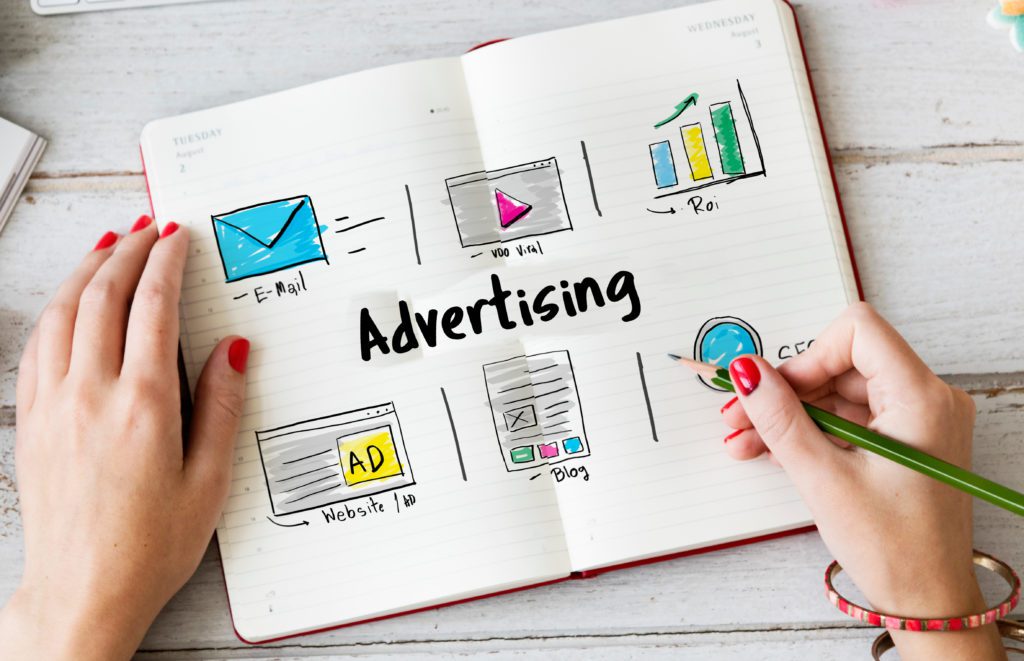
On the other hand, others offer immediate results but tend not to last as long as other options (for example, Facebook ads, Instagram ads, affiliate marketing programs, and PPC campaigns).
The key is finding one that works best for your business needs—and then ensuring it stays relevant by monitoring how well your efforts are performing against targets set by yourself or third parties like Google Analytics or Facebook Ads Manager!
Track, Measure, and Improve
Tracking your moves is important to know whether strategies affect your business or not. In addition, timely tracking can save you from big losses.
- Monitor your marketing efforts.
- Measure your results and improve them.
- Make sure you are getting the most out of your marketing budget by getting a full picture of what's working, where things need improvement, and what changes need to be made to achieve future success.
Even The Best-laid Marketing Plans Need Maintenance
If you're a small business owner, you probably understand that your marketing efforts aren't going to be perfect from day one. You might have an idea of what works and what doesn't, but there are always new ways for businesses to market themselves that could make all the difference in how effective your campaign.
If you don't keep up with these changes as they happen, it can become very difficult to remember what worked last year or even last month—and that's where mistakes start happening!
The good news? This doesn't mean you have "one shot" at making something work; it just means that every time we do something new, we need feedback from other people who know our industry better than ourselves (or ourselves).
In fact, as long as there are people willing to help us out by giving constructive criticism based on their experience with similar situations (or worse yet: someone else's experience), then no matter how bad our initial idea was when first presented during the brainstorming phase...it might still end up working out after all!
Conclusion
Marketing is always evolving, so it’s important to stay current. As we have discussed, how to market your business; if you’re not using the latest tools and strategies, your business may miss out on new growth opportunities. Now that we’ve covered the basics of how to advertise your business effectively, let’s dive into some more advanced topics that will help get you started on making your next campaign a success!
But before this, you must have a website to promote your business. If you don’t have one, there is a WebsFB where you can create a business website by completing 7 simple steps. This majorly helps in advertising your business with ease and comfort.
-
Subscribe to Stay Updated with Latest News
Easy 7 steps for build your website.

Select Template
Choose Color
Add Logo
Add Navigation
Setup Account
Add Content
Go LIVE!
Categories
- Blogging Platform (1)
- Business (26)
- Development (24)
- Email Marketing (8)
- Graphic Design Trends (4)
- Hosting Platforms (1)
- How To's (18)
- Ideas and Inspiration (3)
- Inspiration Technology (5)
- Management (2)
- Marketing (38)
- New Features (10)
- News (25)
- Online Advertising (3)
- Promote Your Website (27)
- Search Engine Optimization (8)
- Security (4)
- Small Business Tips (43)
- Social Media (6)
- Uncategorized (2)
- User Experience (3)
- Web Design (42)

